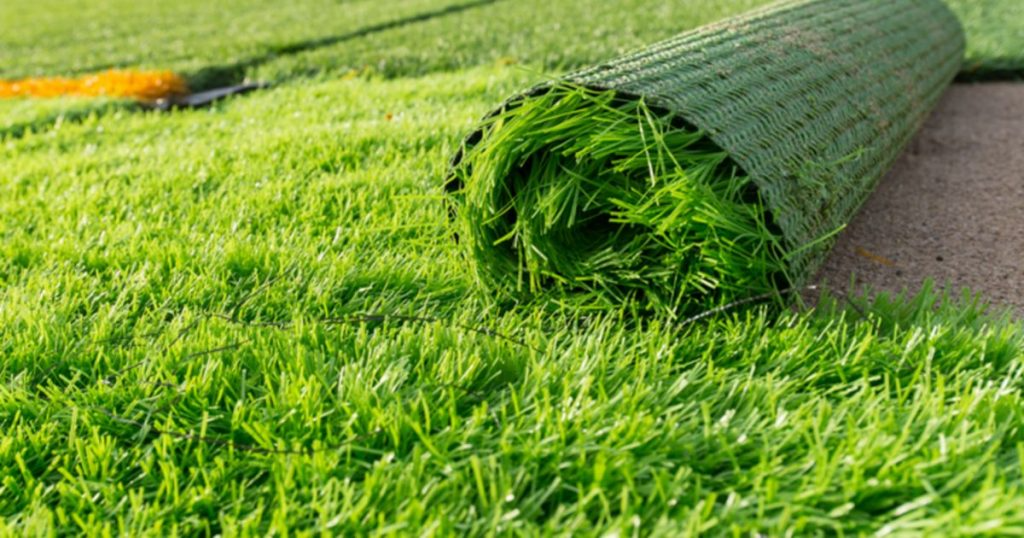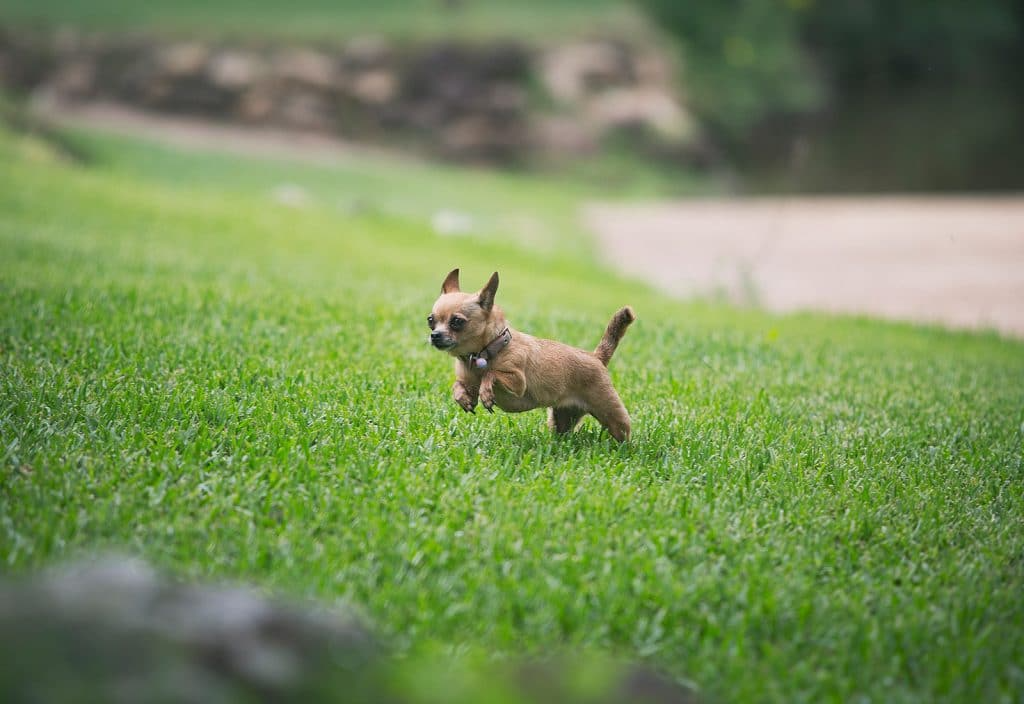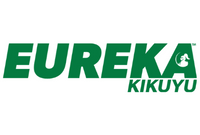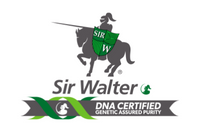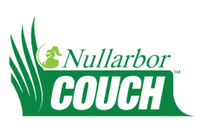
- Categories: LAWN CARE
The Ultimate Guide Comparing Real Grass vs Artificial Grass
Real Grass vs Artificial Grass
A lush green outdoor space in your backyard has always been part of the Australian dream. But in an age where most people are time poor many people are asking whether synthetic grass or artificial grass is a better lawn option for their home and garden.
So, just what are the Pros and Cons of artificial grass vs real grass? To answer these questions you need to think about what a lawn means to you. For many people a lawn is an area where their kids or dogs can play at home and it’s the perfect setting for a barbeque.
For others a green lawn represents an aesthetic landscaping ideal and a significant factor in increasing the real-term property value of their home. While for other people the question revolves around which lawn option has a smaller environmental impact.
This is something that only you can answer. There are lots of reasons for choosing one or the other. But to help you we’ve decided to take an in-depth look at the pros and cons of a natural grass lawn versus synthetic turf.
How We Compared Artificial Lawn with Natural Turf
We’ll explore the following factors:
- Look and feel
- Suitability – pets, kids
- Environment – yard type
- Conditions – heat, moisture
- Costs
- Maintenance
- Durability
Is artificial grass better than real grass? Is artificial grass worth the money? By the end of this article we hope you’ll be able to answer those questions for yourself.
Artificial Grass
Artificial turf or synthetic grass has improved in leaps and bounds over recent years. The look and (some would say) feel of artificial grass is now much closer to a real grass lawn.
Artificial lawn can even come in a range of blade heights, sizes and colours. It’s a popular choice for those who are time-poor but who still want the green lawn look in their backyard.
Pros for Artificial Grass
Modern artificial grass can look and feel close enough to real grass to fool many people. Naturally, it will maintain its lush green appearance throughout the seasons with minimal maintenance and upkeep.
Good quality artificial grass will last up to 15 years or so before it needs to be replaced.
Maintenance
During the life of your synthetic grass you will have almost no cost of maintenance; that’s right no more mowing, watering or fertiliser application. This also lowers the carbon footprint of your artificial turf.
Artificial grass is not subject to insect damage and there’s no need to apply spray, fertilisers or other lawn care products. The durable nature of artificial turf also means you can walk or play on it all year round in rain, hail or shine.
This can be a real plus if you have children or animals or for sports fields where year-round access is important.
Where Does It Work?
Artificial turf can be laid in any climate and an artificial lawn will look beautifully green even in the harshest zones including deep shade, full sun and coastal sand and salt. It’s perfect for either your front lawn or your back yard.
Cons for Artificial Grass
At the end of the day artificial grass is still plastic. To be fair, it’s actually a nylon or polypropylene threaded onto a rubber mat but you get the point. You will soon notice the difference between artificial grass and real grass when you walk, play or roll around in it.
Artificial grass can heat up to a very high temperature on hot summer days. This can contribute to nasty burn injuries if your children are playing rough and tumble games.
Is It Good For Pets?
Although modern fake turf or synthetic turf is tough if it does sustain severe damage it can look very tatty and ugly and be costly to repair. It can also burn your pets’ feet if it not hosed down regularly on hot days
This may mean it’s not going to be a good choice if you have highly active dogs that like to dig. Cat and dog urine will usually seep through drainage holes in the rubber matting but you’ll need to clean up all the animal waste and wash it down regularly to reduce odours.
And because there is no natural decomposition process you’ll want to sanitise the fake grass from time to time. Artificial grass may not work well on steep slopes. This is a significantly higher upfront cost compared to the cost of installing natural turf.
What About The Environment?
On the environmental side, artificial grass places a seal over the soil beneath and leads to excessive heating a little like sealing a driveway with bitumen. Artificial turf produces no oxygen nor does it remove any carbon dioxide.
Furthermore, artificial turf is, for the most part, not recyclable and so will simply add to our landfills at the end of its life. And as for the carbon footprint left during the artificial grass manufacturing process?
Well, you are dealing with petroleum-based products: rubber, polypropylene, polythene etc. Plus, you have the obscenely high carbon footprint produced by the transport of these materials most of which are imported.
Real / Instant Grass
Natural grass varieties have also improved over the years with in-depth research and intensive breeding programs creating a range of real grass varieties to suit the Australian climate. You can now choose modern natural turf types that are hardier, insect and disease resistant, drought and shade tolerant and lower maintenance and require less water.
That’s even better news for the environment. And of course, natural grass lawns are deliciously soft and green and can last for a lifetime.
Pros for Real Grass
Natural green grass is, well, real; cool and soft underfoot. It’s natural, it’s alive. Artificial turf will never feel or look like real grass. Your children and pets will love playing on it and there won’t be the nasty burns that children often experience playing on artificial turf play areas.
And for garden lovers you can’t go past the unforgettable smell of freshly cut grass. Plus it provides food for your compost and mulch for your garden. Modern natural grasses are really hardy and will self-repair even when there is quite significant damage.
With modern drought resistant grasses a natural grass lawn can thrive in almost any part of Australia. Modern natural turf types will also be quite happy in shadier areas too. Natural grass is ideal for the front lawn or the back yard and can function well on steep slopes where you need some erosion control.
What About The Environment?
Natural grass is great for the environment because it produces oxygen. Natural grass or instant turf also absorbs carbon dioxide and other pollutants and aids in the decomposition of animal waste as well as filtering rainwater.
And it’s offering this environmental benefit throughout its life, even while it’s growing at the turf farm. Natural turf also attracts and sustains beneficial insects. Natural turf absorbs heat and this cooling effect keeps the soil temperature down as well helping lower the general ambient temperature around your home.
Cons for Real Grass
The Maintenance Costs
The cost of ongoing repairs and maintenance for a real lawn are much higher. This cost includes regular mowing with noisy and smelly (if using petrol-power) mowers and trimmers and the frequent application of potentially toxic chemicals to control insects and fertilizer to sustain grass health.
You can reduce the impact of these lawn care products by using readily available organic alternatives. A natural lawn will require regular watering, which may be an unacceptable cost in the face of increasing drought periods and water restrictions.
However, a well designed and closely monitored sprinkler system can reduce your watering requirements. And there are new varieties of couch grass also known as Bermuda grass which use up to 38% less water than other couch varieties and now have Smart Approved Water Mark status
Is It Good For My Children or Pets?
And a natural lawn can’t take endless hammering from children and pets. This is particularly true in winter when grass growth slows down and the lack of sunlight hours really inhibits grass regrowth.
You may have problems identifying the correct grass for your needs if you have a wide variety of soil types or shade/ sun exposure levels. Dog urine can cause brown patches if you haven’t chosen a dog friendly grass variety. But you can avoid this too by ensuring that your dog is drinking plenty of water.
Weed control may cost considerable time and money over the years especially if you neglect the health your lawns and allow dead patches to go unrepaired. However there are new fertiliser / herbicide options available such as Oxafert which do both fertilising and pre emergent weed control at the same time which save time and money.
So, Is Artificial Grass Better Than Real Grass?
When you consider the sheer pleasure that a natural lawn evokes, the enhanced property value combined with the environmental benefits of real grass vs artificial lawn we believe that natural grass comes out the overall winner for most people in most Australian settings.
If the installation cost of artificial / fake grass and the environmental impact of yet another plastic product isn’t an issue for you then installing artificial grass might be the best solution for you. But if you value the cooling effect and the green vitality of living natural grass and the higher maintenance cost isn’t an issue then natural lawn is the obvious solution.
If you are still not sure about which one is for you or you would like to see and feel the living freshness of one of premium quality turf varieties then give our friendly team a call. One of our team members will be happy to show you the real difference and we supply and install Sydney, NSW and surrounding areas.
Additional Reading
More and more often there are community groups, residents, sporting groups, local government and planners looking for information and research on the benefits of natural grass. Below are a number of documents, links, research articles to assist in the decision making process.
Grechs Turf will continue to update this information as new resources are available.
- Benefits of Turf
- The real differences between natural turf and synthetic grass
- Natural grass Vs Synthetic – Info-graphic
- Incidence of Knee Injuries on Artificial Turf Versus Natural Grass
- Turf is the key to keeping our cities cool
- Does playing on artificial turf pose a health risk for your child?

